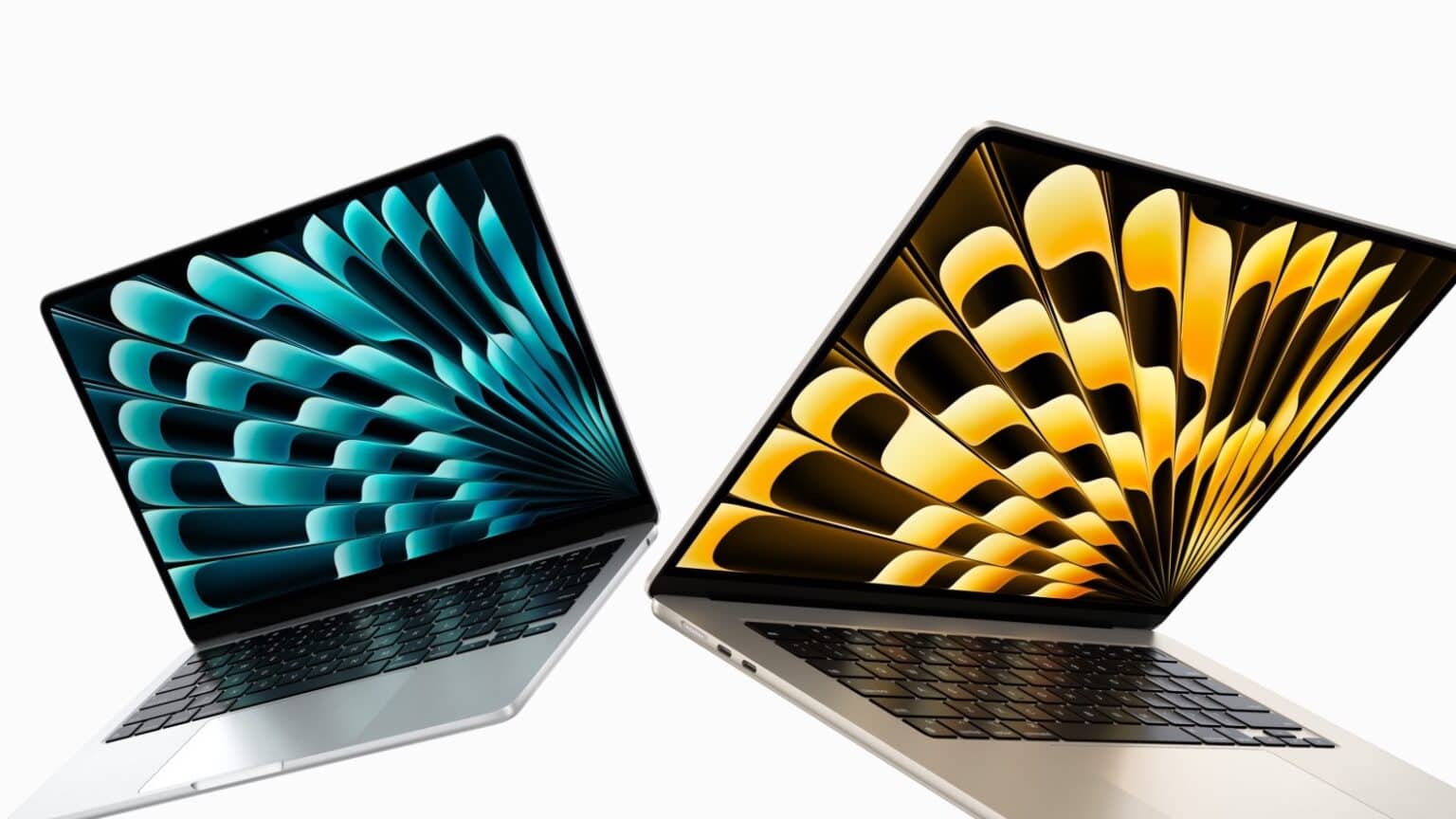Dear university students: While it’s tempting to buy the top-tier MacBook Pro, it would be a huge waste of money. You simply don’t need to pay an extra $1,000 or more for a notebook that powerful. A MacBook Air fits your needs much better, especially now that there’s a 15-inch version.
And beyond the higher price, the increased performance of the MacBook Pro comes with a drawback you’ll notice every day.
To be clear, there are exceptions for this — some students really do need a MacBook Pro. But odds are you’re not one of them.
Do college students need MacBook Pros?
Windows users soon learn that the cheapest PCs offer poor performance. To get a snappy computer from Dell or HP, you need to spring for at least the midrange models.
I’m sure you’ve already noticed that there aren’t any cheap MacBooks. There also aren‘t any with poor performance. The speed options start at “great” and go up from there.
It’s all because of the M-series processors going into MacBooks. Because of the Apple M2 chip, the 13-inch MacBook Air is literally fives times faster than the Intel-based one introduced five years earlier. And the software virtually all students run isn’t five times more demanding.
You probably don’t need cutting-edge power
College will be hard. You’ll put in lots of hours, including the occasional all-nighter. Your trusty MacBook will be there to help as you write that paper or cram for an exam.
But for the vast majority of students, none of the software you need will strain the processor of a MacBook Air. You’ll be running iWork, Microsoft Office or similar applications. You’ll spend many, many hours in whatever application you prefer for taking notes. You’ll create presentations and maybe some spreadsheets. None of that puts much demand on the chip inside your laptop.
And the Apple M2 processor will still be up to running this type of software in four or five years. Plus, you can be confident that you’ll get the latest version of macOS for at least four years. Maybe five, depending on the model you choose.
Some people are surely concerned that a MacBook Air will stop getting macOS updates earlier than a MacBook Pro. But it’s not likely to happen if the two computers use the same processor family. Sometime years down the line, Apple undoubtedly will drop support for computers with the entire M2 series simultaneously. It won’t make any difference if your laptop has a basic M2 (as in a MacBook Air) or an M2 Pro (in a MacBook Pro).
Spend your money where it counts: RAM and storage
That said, it wouldn’t hurt to skip over the entry-level configuration of the MacBook Air and pay the extra cost for more RAM and storage capacity. Especially if you hope to still use the laptop as your primary computer in five years.
But, as I said, there are exceptions. If your degree will include rendering 8K animated video (not viewing, creating) then you might actually need the power of a MacBook Pro. There are other majors where a really powerful computer is necessary, but not as many as you might think.
If you think you want the extra performance for games, forget it — you’ll be better off with a PlayStation or Xbox. No Mac is ideal for gaming, even though Apple is desperately trying to change the situation. In 2023, most games still aren’t released for macOS. Sad but true.
MacBook Air vs. MacBook Pro: Size matters
University students are nomads. Even if you go to a fairly small school, you’ll still troop across campus on a regular basis. You don’t want to carry more than you have to when you walk that distance every day for years.
The smallest MacBook Air weighs 2.7 pounds. The largest MacBook Pro weighs 4.8 pounds. To put the extra 2.1 pounds into perspective, you could add a 13-inch iPad Pro to your backpack to use as an external MacBook Air display. The combination would still weigh less than the MacBook Pro.
That said, screen size is important. And, until recently, the MacBook Air offered only a smallish display. That’s changed. Apple bumped up the smaller version to 13.6 inches, and there’s now a 15.3-inch version. In short, you no longer have to buy a MacBook Pro to get a big screen.
And even the larger MacBook Air weighs in at only 3.3 pounds — 1.4 pounds less than the lightest 16.2-inch MacBook Pro.
True, a MacBook Air comes with fewer ports than a Pro. But few people need to connect to a bunch of accessories on the go. You can get a USB-C dock for your MacBook Air and leave it in your dorm/apartment connected to your external screen, etc. If you aren‘t using the additional MacBook Pro ports, they’re only dead weight.
Let’s talk savings
The 13-inch MacBook Air with M2 starts at $1,099. Bumping up to the 15-inch version adds $200.
Compare that to the 14-inch MacBook Pro, which starts at $1,999. The most affordable 16-inch MBP costs $2,499.
So university students need to ask themselves, are the benefits of a MacBook Pro worth an increase of $900 to $1,200?
My advice is that they are not. With few exceptions, most college students will be better off with an M2 MacBook Air, either with a 13-inch or 15-inch screen. You’ll have more money in your pocket, and a more portable computer in your backpack. And all you’re giving up is performance you won’t need.



